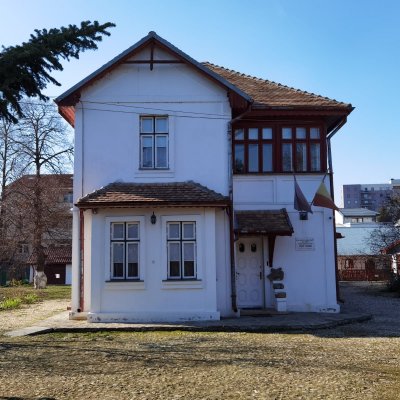
Tudor Arghezi Memorial House
- 7.3 km from Fort 13 Jilava
The Tudor Arghezi Memorial House, also called Mărțișor, due to the name of the street on which it is located, is the place where one of the most important Romanian poets of the 20th century, Tudor Arghezi, lived and created. Built in the traditional Romanian style, the house offers visitors a glimpse into the poet's life and work, preserving his fu...








